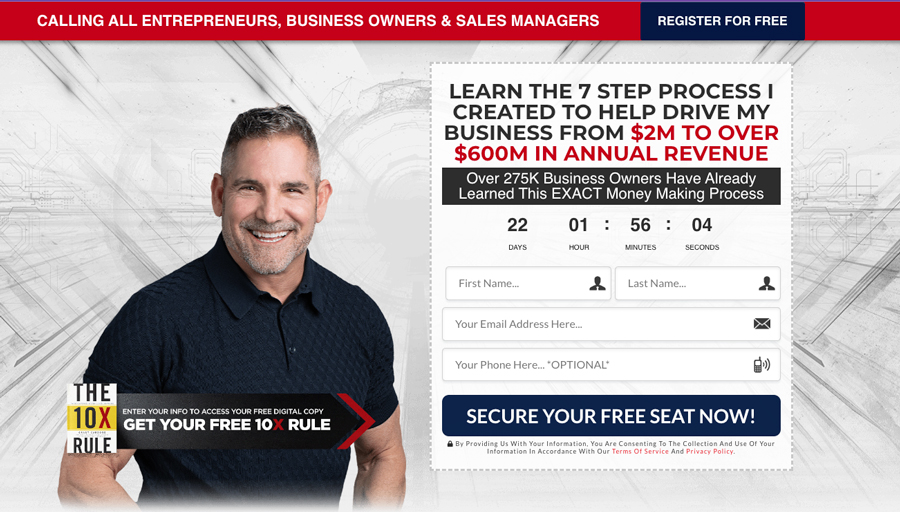China Selloff Pushes Dow Jones Industrial Average Below 16,000
Dow Jones Industrial Average Pushes Below the 16,000 Level
In November I stated that if the Dow Jones Industrial Average got into the 17800-18400 range I would look to sell equities, mutual funds, exchange traded funds and be 100% in cash. In the first week of December the Dow Jones Industrial Average got up near the 17900 level. Today the Dow Jones Industrial Average closed below the 16000 level, a decline of about 10.6% from the 17900 level. We are not yet in bear market territory however it feels as if we are in a bear market the way the U.S. equity markets are trading. Every time the markets rally they are met with heavy selling.
Follow Steve on Twitter at @stevekalayjian
U.S. Equity Markets
Overnight the Chinese Shanghai index was down over 3%, putting the index down over 20% and into bear market territory. The heavy selling in the Chinese market carried into the U.S. equity markets and at one point today the Dow Jones Industrial Average was down well over 500 points.
Last Friday when the S&P futures closed below 1956 I got a sell signal on the weekly charts. On my weekly charts the trend algorithm will not go from negative to positive in only one week. Until I get a reversal on the weekly charts it is not looking good for U.S. equities.
These recent declines support why I am not a believer in the buy and hold mentality. I believe one should use exchange traded funds as a vehicle to enter and exit the U.S. equity markets on both the long and short side. Exchange traded funds which mirror the U.S. equity indexes include SPY (mirrors the S&P 500), DIA (mirrors the Dow Jones Industrial Average), QQQ (mirrors the NASDAQ-100), and IWM (mirrors the Russell 2000).
Today when the S&P futures traded down to the 1849.50 level they were more than 100 handles away from the 10-bar weighted moving average on the daily chart. Typically when the S&P futures are more than 50 handles away from the 10-bar moving average on the daily chart it signals a significant overbought or oversold condition. The S&P futures shot up about 30 handles off of that low. There is hope that there is a temporary bottom in the 1825-1850 range for the S&P futures. I am not looking to catch a falling knife. I am going to wait for a bounce in the U.S. equity markets where I would look to get short.
The Dow Jones Industrial Average closed down 390 points today. I am looking for a sharp bounce in the U.S. equity markets. I was looking for the S&P futures to get to the 1965 to 1985 range but I do not know if they will even get close to that level. I am waiting for the pattern to setup on the weekly charts. It could take a couple weeks for the pattern to setup but after it sets up I expect the U.S. equity markets to go right back down again.
If the S&P futures get down into the 1810-1850 range it may provide an opportunity for an aggressive long entry off of the significant oversold condition. One should be wary that even though the U.S. equity markets are significantly oversold it does not mean that the declines won’t continue. I am not going to call for a long entry but I am confident the U.S. equity markets will get some type of a bounce based on how far the S&P futures are away from the 10-bar moving average on the daily chart. I am waiting for a pattern to setup where I would look to get short. If the Dow Jones Industrial Average rallies anywhere near the 16600-16800 range I would be looking to short SPY, DIA, QQQ, and IWM.
Follow Steve on Twitter at @stevekalayjian
Producer Price Index and Retail Sales
The Federal Reserve looks at the PPI and CPI numbers when measuring inflation. The consumer price index (CPI) and the producer price indexes (PPI) are the main price indexes that measure inflation. The CPI is a measure of price changes in consumer goods and services while the PPI measures price change in selling by domestic producers of goods and services. The PPI released today is not showing signs of inflation. Today the PPI for December was released showing a decrease of 0.2% after increasing by 0.3% in November.
Retail sales measure the total receipts at retail and food service stores that sell merchandise and related services to final consumers. Retail sales cover the durables and nondurables portion of consumer spending and typically accounts for two-thirds of GDP. Retails sales is a key element in economic growth. Today the retail sales for December were released showing a decrease of 0.1% after increasing by 0.2% in November.
These numbers show a slowdown in the U.S. economy.
Follow Steve on Twitter at @stevekalayjian
Fed Official Says “If Economy Weakens Further, Would Consider Negative Rates”
One Fed official came out today and said “If economy weakens further, would consider negative rates”.
One can read more about this here:
http://www.zerohedge.com/news/2016-01-15/here-it-comes-new-york-fed-president-says-if-economy-weakens-further-would-consider-
The Federal Reserve raised interest rates in December saying that they were optimistic the U.S. economy would grow and that they were confident their inflation target of 2% would be met in 2016. They suggested there would be four interest rate hikes in 2016 paving the way for 3.5% interest rates by 2018. After what we have seen so far in 2016 the Federal Reserve may be realizing that they made a mistake. This is why in December I was in the camp that did not believe the Federal Reserve would raise interest rates. I believe that their decision to raise rates in December was largely politically driven. There is an economic slowdown in China and across the globe, there have been over 700 interest rate cuts by central banks worldwide since 2008, the Federal Reserve has enacted 4.5 trillion dollars of quantitative easing and U.S. GDP is still only at 2%. What will the Federal Reserve do now? They cannot enact more quantitative easing as they already have 4.5 trillion dollars on their balance sheet.
Follow Steve on Twitter at @stevekalayjian
UBS Warns of Potential 30% Correction in Stocks
UBS has warned that the seven-year cycle in equities is rolling over and we could see a sharp 30% in correction in stocks.
One can read more about this here:
http://www.zerohedge.com/news/2016-01-15/%E2%80%9Cbuy-gold%E2%80%9D-equities-%E2%80%9Crolling-over%E2%80%9D-%E2%80%93-ubs
Follow Steve on Twitter at @stevekalayjian
Crude Oil
Today crude oil pushed down to a 12 year low, trading down to 29.13 before closing at 29.70. Crude oil, gasoline, and heating oil are showing deflationary pressures at a time when the Federal Reserve is looking for their inflation target of 2%. If crude oil gets to an overbought condition on the daily charts I would be looking to short crude oil. Crude oil may be setting up a short term bottom in the 26.50-29.50 range but I am not looking to catch a falling knife. I am waiting for crude oil to get to an overbought condition on the daily charts where I would look to get short.
Follow Steve on Twitter at @stevekalayjian
Gold
Yesterday gold traded down to the 1071 level and I was very close to getting a sell signal on the daily chart. As a result of what happened in the U.S. equity markets today gold was up 18-19 dollars at one point. I am on the sidelines in gold waiting for a clearer pattern to setup.
Follow Steve on Twitter at @stevekalayjian
I will be away next week (1/18-1/22) but I will be back the following week (1/25-1/29).






























